SONIA SABRI sees her remarkable journey in dance as a true blessing.
The acclaimed dancer and choreographer’s work has ranged from performing on major stages and festivals like WOMAD to collaborating with internationally renowned talents such as Shyam Benegal, Nitin Sawhney and Sir Trevor Nunn.
She has also performed at the opening ceremony of the Commonwealth Games, inspired students as a dance teacher, and used her craft to help those with lifechanging injuries.
But beyond these many achievements, perhaps what defines the British Kathak talent most are her dynamic dance productions, which have connected with audiences of all ages and crossed creative boundaries. With a fire burning deep inside to accomplish more, she adds to her great body of work with Roshni, which closes the Afro Futures Festival at Rich Mix in London from next Thursday (6) to next Sunday (9).
Eastern Eye caught up with the inspiring dance maestro to discuss her journey, visually striking show, inspirations, and aspirations.
You have achieved a lot, but what keeps your passion for dance alive?
I perform, teach, choreograph, direct and mentor. When I hear from audiences after my performances – whether they have had a life-affirming revelation, been deeply moved, or simply shown their appreciation through rapturous applause and standing ovations – it is immensely rewarding. It fuels my drive to keep going and strive for even better.
Is the teaching aspect particularly fulfilling for you?
When I teach children in schools, including those with special educational needs (SEN) and neurodivergent pupils, as well as the elderly in care homes and people with life-changing brain injuries, I witness how transformative movement can be – physically, mentally, emotionally, and intellectually. Sometimes, it challenges what science has led us to believe or breaks down societal stereotypes about people who are different. The power of teaching and choreographing movement, bringing an idea from paper to a spectacle for thousands, if not millions, is beyond words. It is almost a spiritual experience. Seeing someone progress in ways they never imagined inspires me to keep sharing the art.
You have had many great moments and milestones, but which has been the most memorable?
It is difficult to choose because each moment has been incredible for different reasons. One milestone was performing in front of the late Kathak legend, Pandit Birju Maharaj, who was hugely complimentary about my work. There was a lot of buzz in the Kathak community about how I had developed my own distinctive style. Another momentous occasion was performing for my guru’s (Nahid Siddiqui) guru, Baba Maharaj Ghulam Hussain Kathak, in Pakistan. Performing at WOMAD in front of over 10,000 people – many experiencing Kathak for the first time – and taking part in the opening ceremony of the Commonwealth Games, which reached a billion people globally, were also unforgettable highlights.
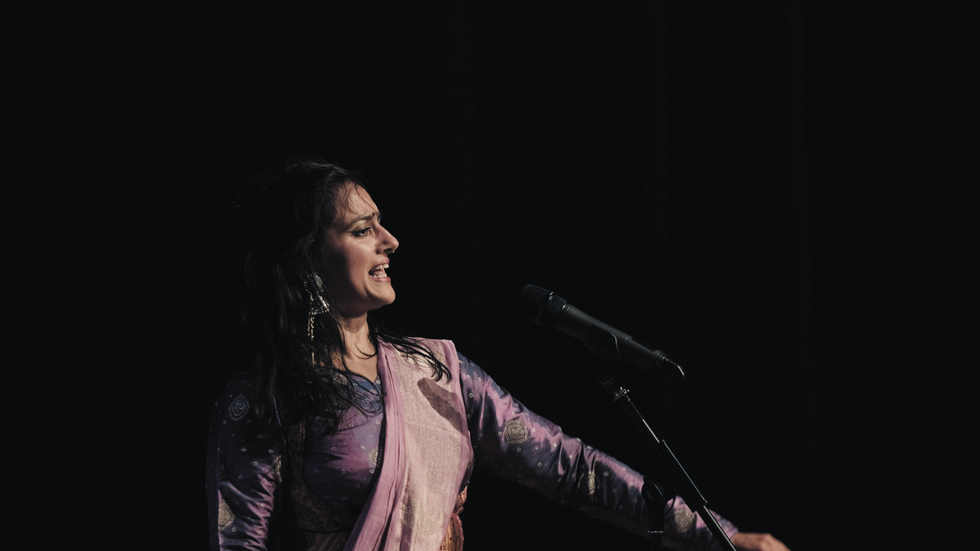
What inspired your show Roshni?
Roshni is a production featuring solo dance and live music from different parts of the world. The word Roshni means light, radiance, and brilliance, and the show is about finding hope and inner belief in a positive world. It was created in response to a survey I conducted with 100 people during the pandemic. They were asked what they wanted most in the world, and their answers centred around faith, connection, kindness, and community. Roshni consists of three distinct pieces where movement and live music come together.
Tell us about the show.
It is fast-paced, highly percussive, and incorporates gestures and facial expressions that tell a story about the world we live in today – highlighting how what we see is not always the truth. The third piece features rhythmic elements, including beatboxing, locking and popping elements of Kathak (yes, we have those too!) and percussive movements bound to a time signature. It explores the waves of life and how we overcome challenges, reminding us that even when time is against us (such is the nature of life on earth), we can make the most of it. We are born with light within us – we just need to find it and let it shine.
How does Roshni compare to your previous productions?
This is not a traditional or classical Kathak solo performance. The show is driven by live music, including tabla, oud, kaval, whistle, clarinet, and guitar. I interact with the audience between pieces, incorporate Indian beatboxing, and encourage audience participation, taking them on a journey with us.
The theme and storytelling reflect the present day and today’s people, rather than bygone eras or mythological tales. The show also features a lot of improvisation, meaning every performance of Roshni is unique. I have worked meticulously to push my personal style of Kathak further.
Tell us more about that.
My style is influenced by my surroundings and the artists around me, including elements of hip-hop, Persian folk, and Afro-Caribbean dance. I am proud to say that my Kathak identity is distinct.
How much are you looking forward to performing Roshni at Rich Mix in London this March?
Very much so. I have performed at Rich Mix several times and brought multiple productions there since its opening. I am delighted to present Roshni at this venue.
Music is central to your shows. Tell us more about that aspect of Roshni.
The music is arranged by tabla maestro Sarvar Sabri, who also performs in the show. The non-traditional music blends disciplines from India and North Africa to the Celtic regions and Spain. The musical palette is unique, with a lot of improvisation, so each performance has a different energy.
Do you have a personal favourite moment in the show?
The whole show is special to me. On a more granular level, I would say the audience interaction. You can never predict how they will participate, and it is astounding to see how everyone finds their own light within. The energy that creates is truly moving.
What is the secret to delivering a great solo show?
Authenticity, commitment, belief in the concept, and in yourself as an artist.
Do you ever get nervous before going on stage?
Always. Every show has a different audience, and that unpredictability creates nerves. I always hope they will connect with and enjoy the performance. In a way, nerves help sharpen focus. If I do not feel nervous, I start to worry about why I am not.
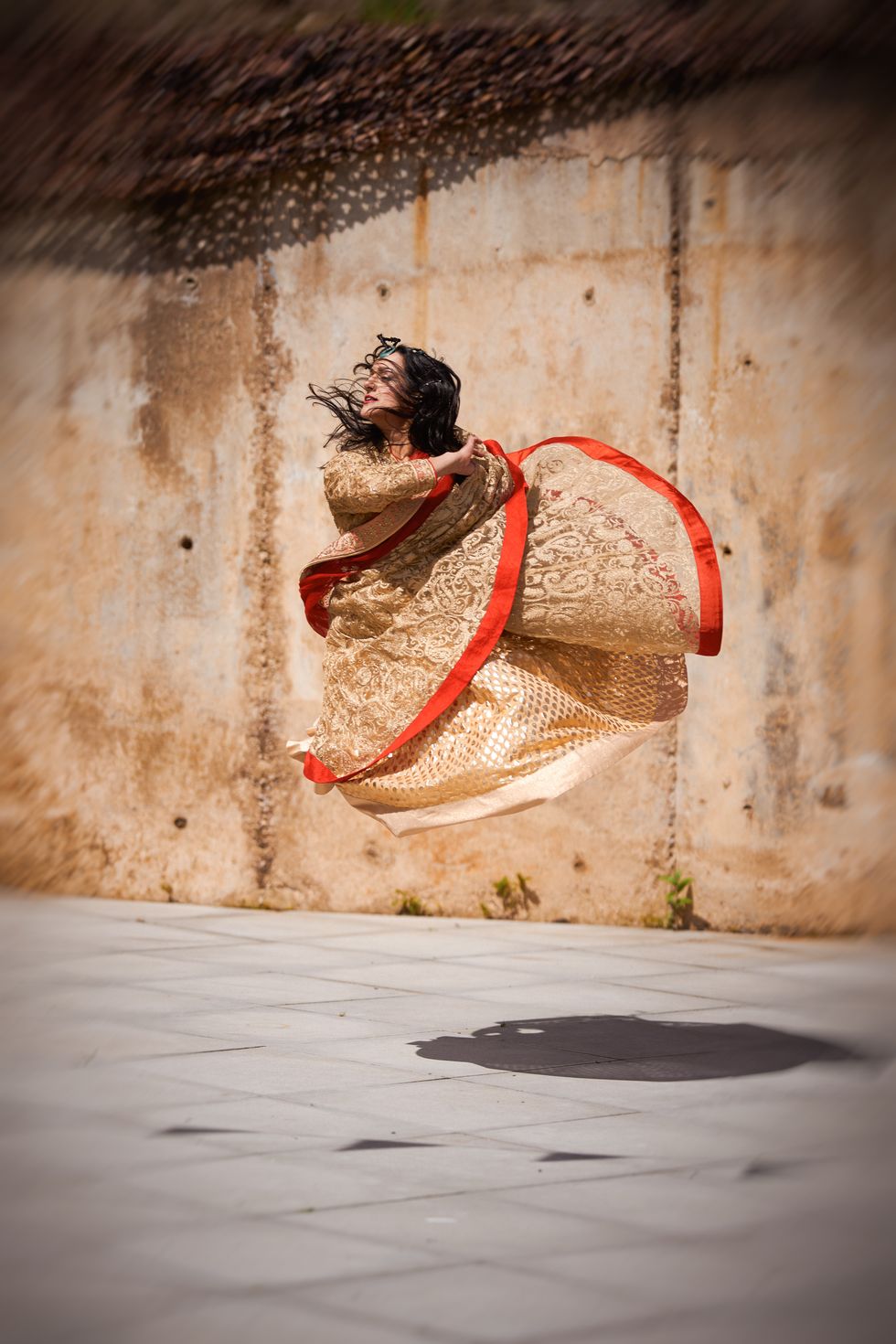
What does dance mean to you today?
Dance is life. Without dance, there is no being. It is also my way of staying grounded in this chaotic world. It connects me to something much deeper, away from the matrix. What I find interesting is that only now, with recent scientific studies, is the world recognising the mental, physical, and emotional benefits of dance – something we dancers have always known.
What other exciting projects can we expect from you this year?
I have an outdoor touring show titled Mughal Miniatures, inspired by the Indian miniature paintings of the Mughal era. We will be touring across outdoor festivals this summer. It is a collaborative piece featuring different dance styles, masks, and puppetry, with beautiful set designs. I am also working on a new stage show.
What inspires you creatively?
Usually nature. There are days when I just watch the skies or observe ripples in a lake. I also draw inspiration from music by great masters.
Roshni will be on at Rich Mix, 35-47 Bethnal Green Road, London E1 6LA in London next Sunday (9). www.richmix.org.uk & www.ssco.org.uk

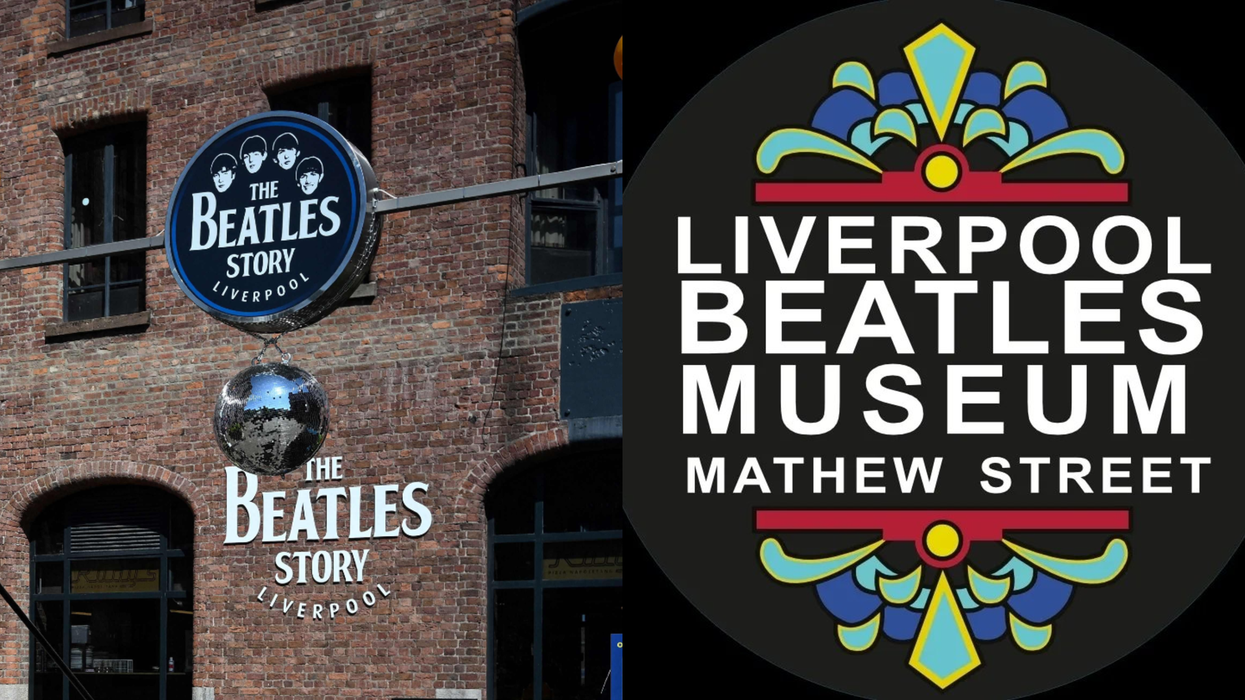
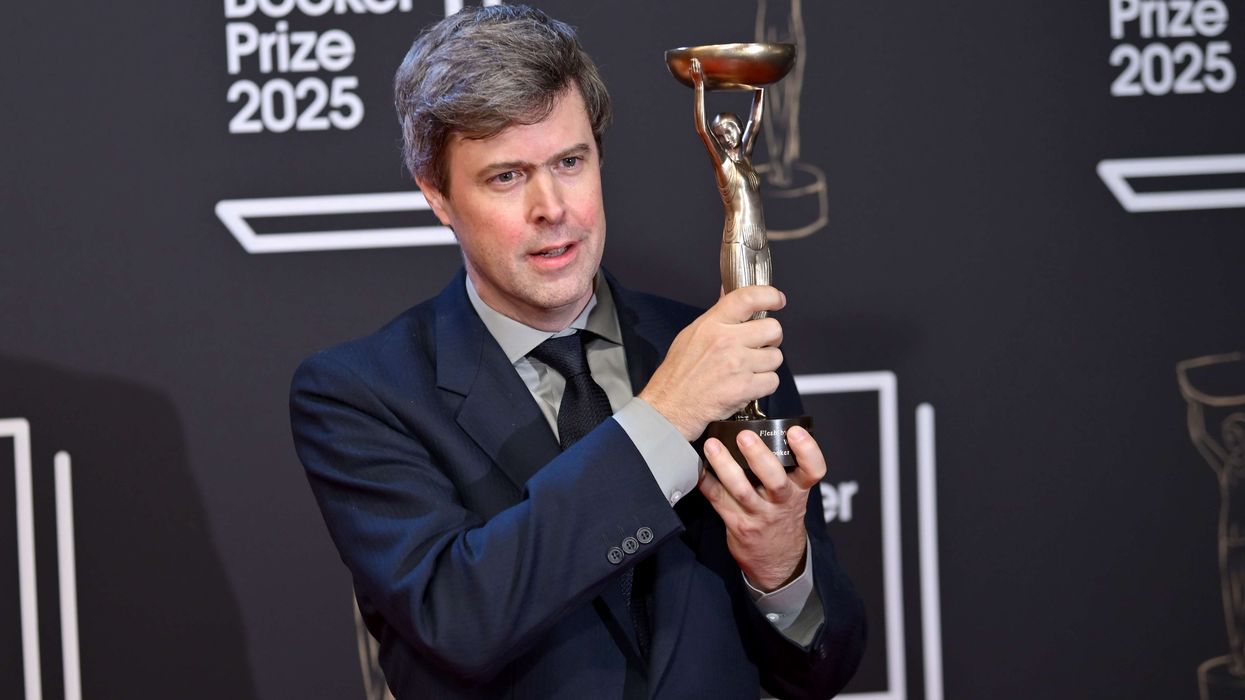
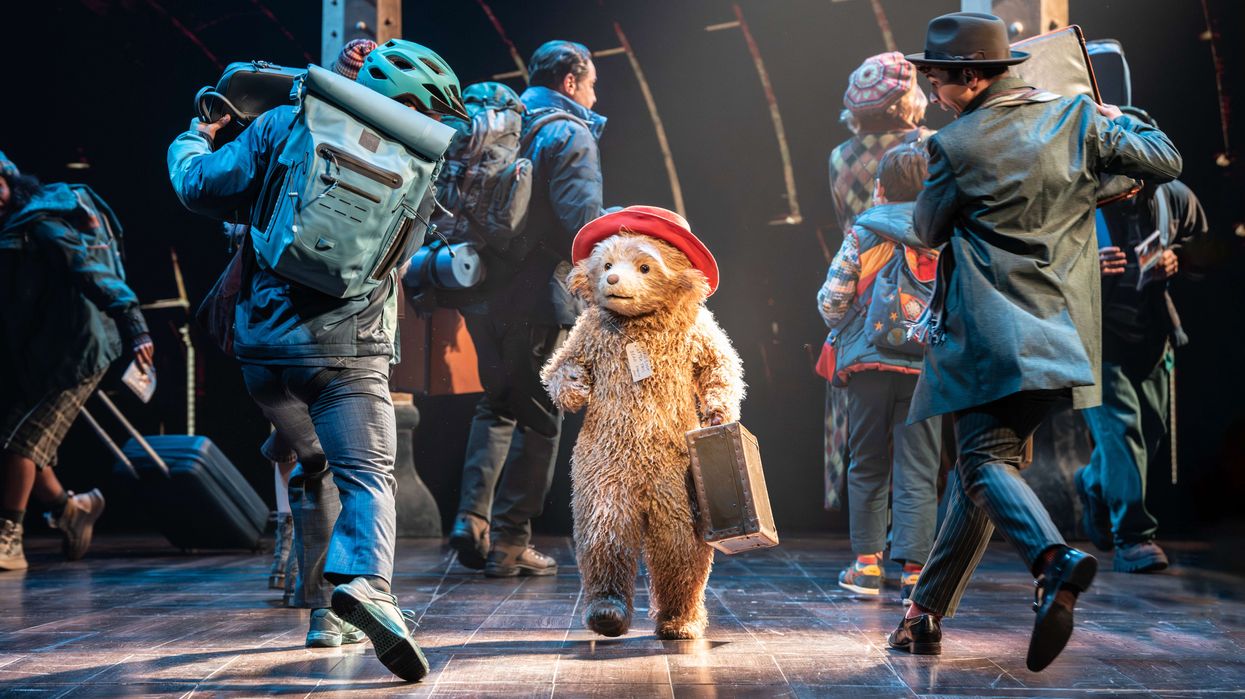
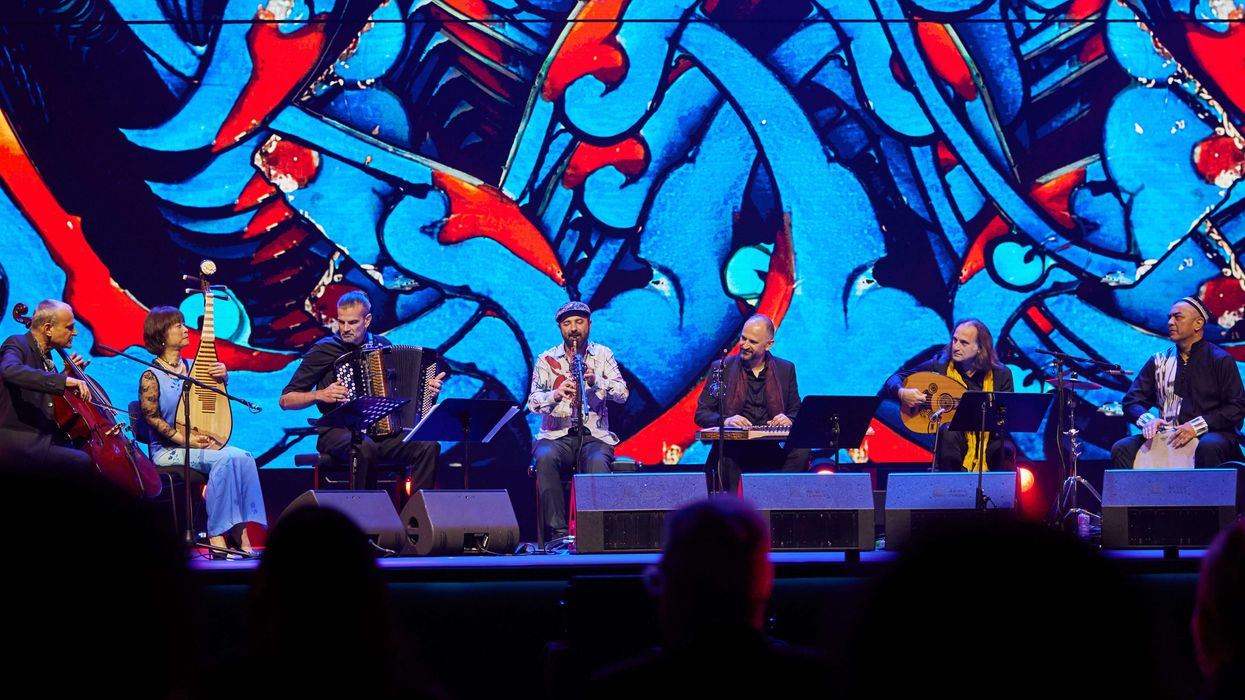
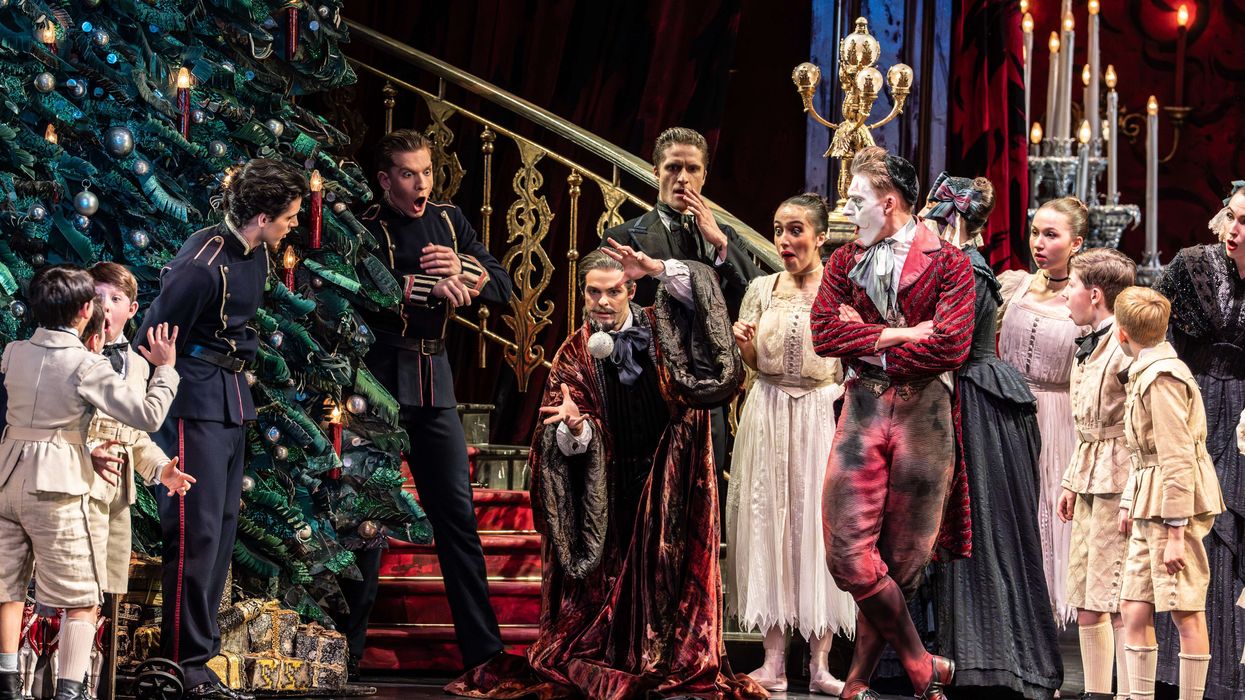
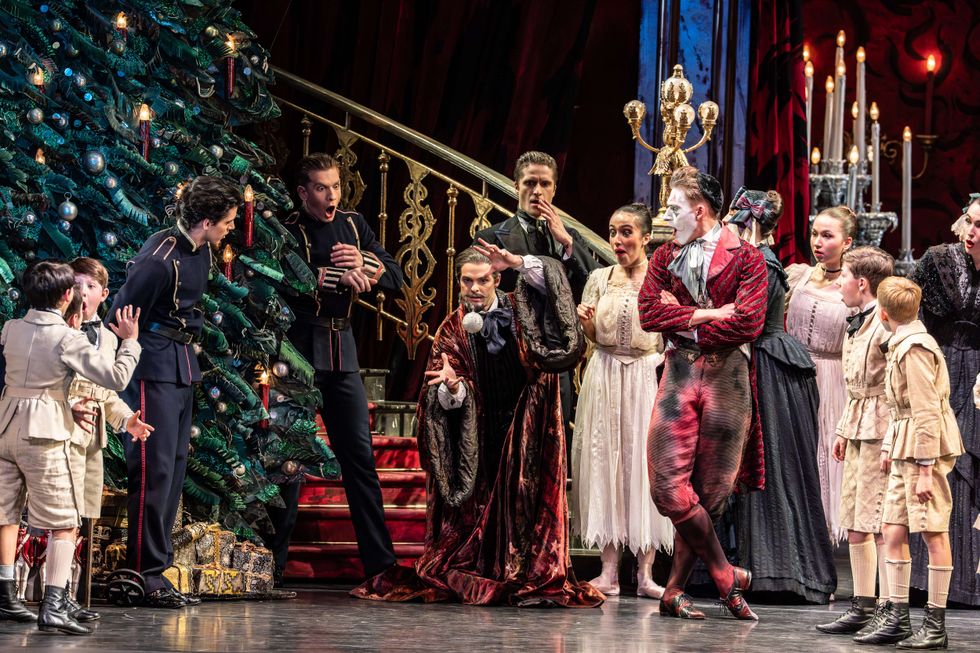 BRB’s Nutcracker dazzles at the Hippodrome BRB’s Nutcracker dazzles at the Hippodrome
BRB’s Nutcracker dazzles at the Hippodrome BRB’s Nutcracker dazzles at the Hippodrome 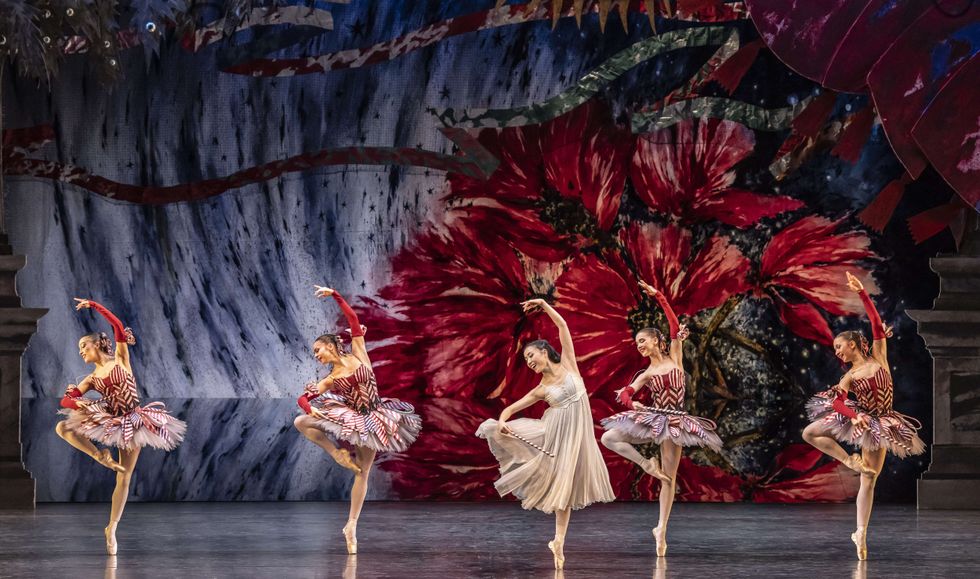 A sparkling Nutcracker lights up Birmingham
A sparkling Nutcracker lights up Birmingham 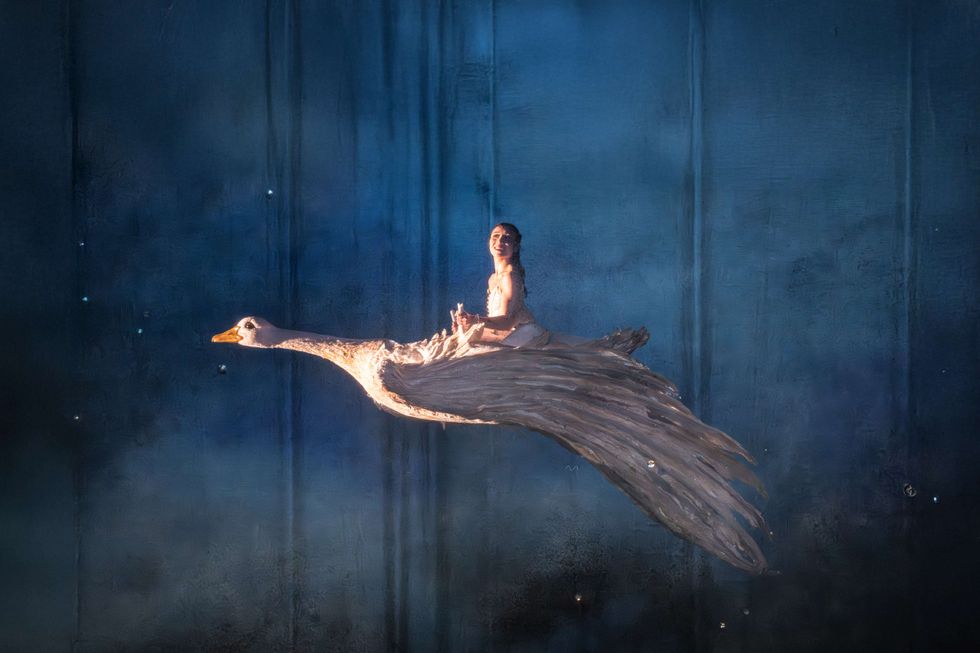 BRB brings festive magic back with The Nutcracker
BRB brings festive magic back with The Nutcracker






